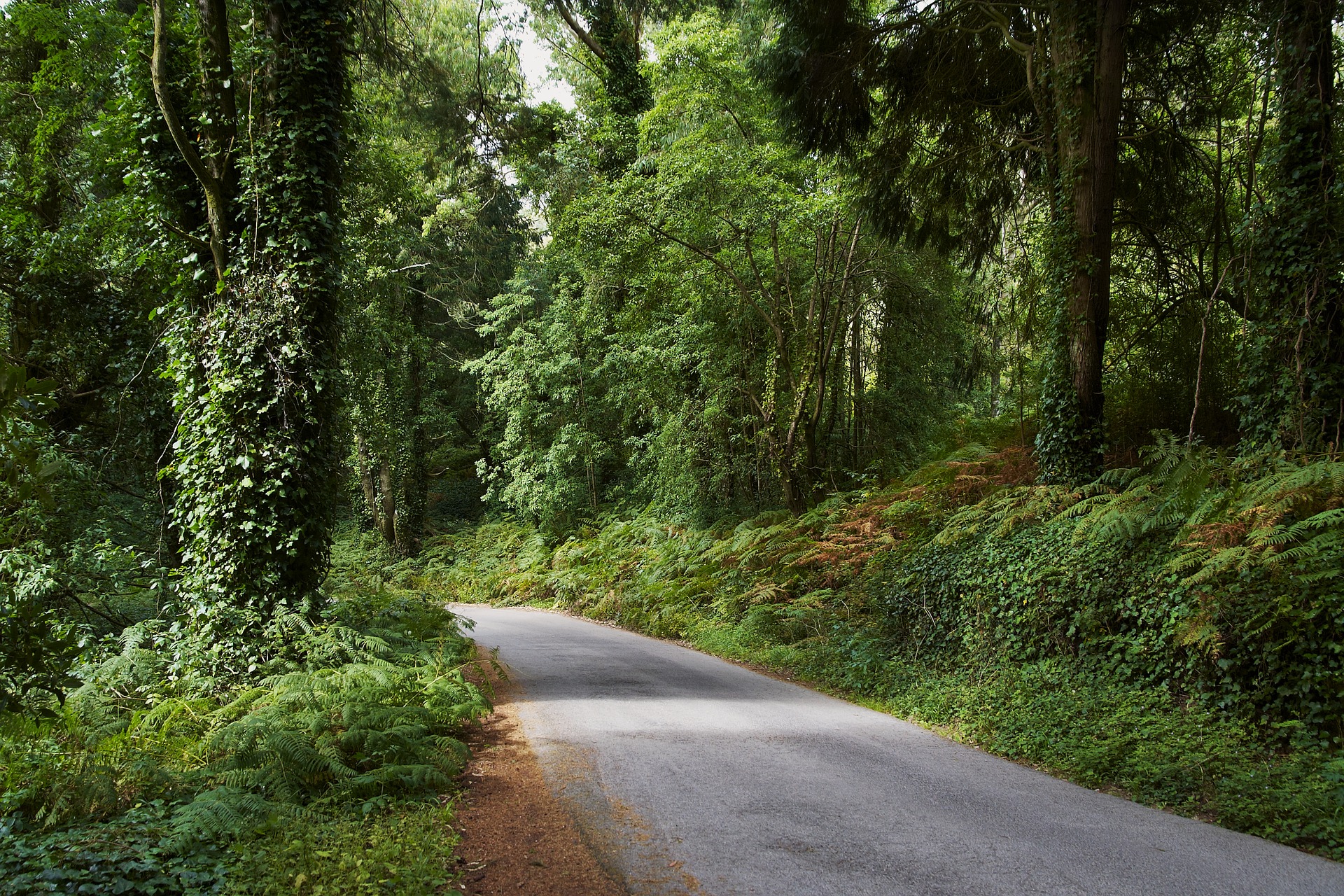Right now it is easy to think that all is doom and gloom. But one day, we will be able to travel again and until then we can dream of visiting Lisbon and stunning places like Sintra.
The town of Sintra in Portugal, to the west of Lissabon, is like something from a fairy tale. Many people visit on a day trip from the capital but it would be a mistake. There is so much to see and do it is only fair to give yourself enough time to explore this truly magical place.
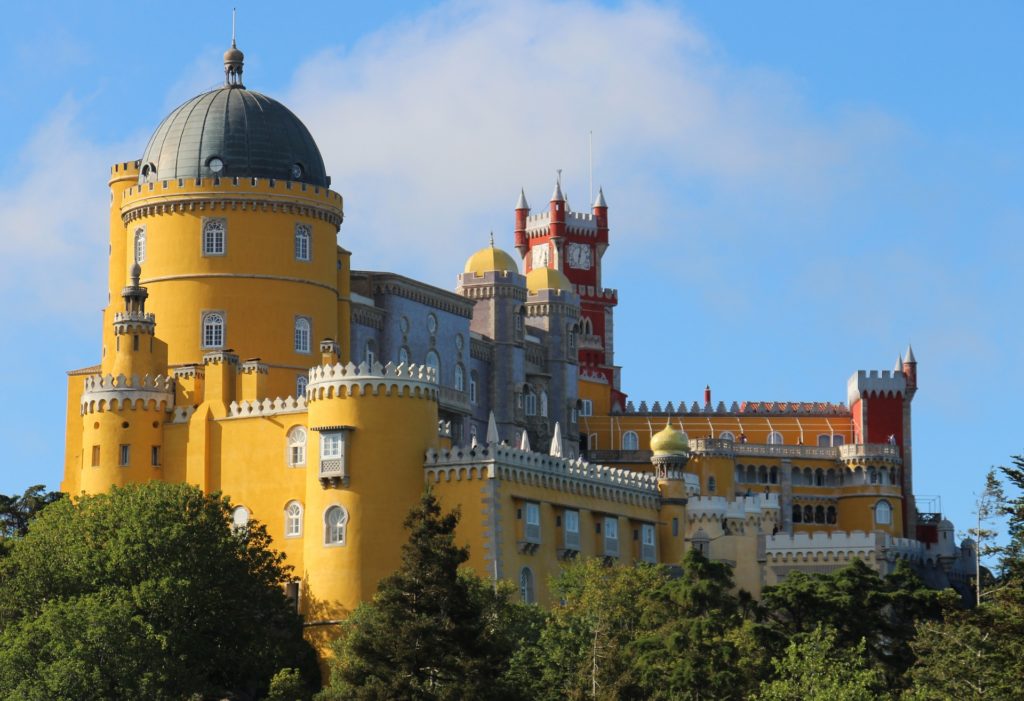
The Castles of Sintra
Nestled in the Sintra mountains (Serra de Sintra) are numerous castles. Royals loved coming to this magical place and subsequently built castles and palaces, mansions and grand estates. They are all splendid pieces of architecture to enjoy but with them also comes parks and grounds well worth exploring. There are wonderful plantations and hidden in the vegetation, there are many buildings, statues, and water features. You can easily spend your days just exploring the extensive grounds of the castles.
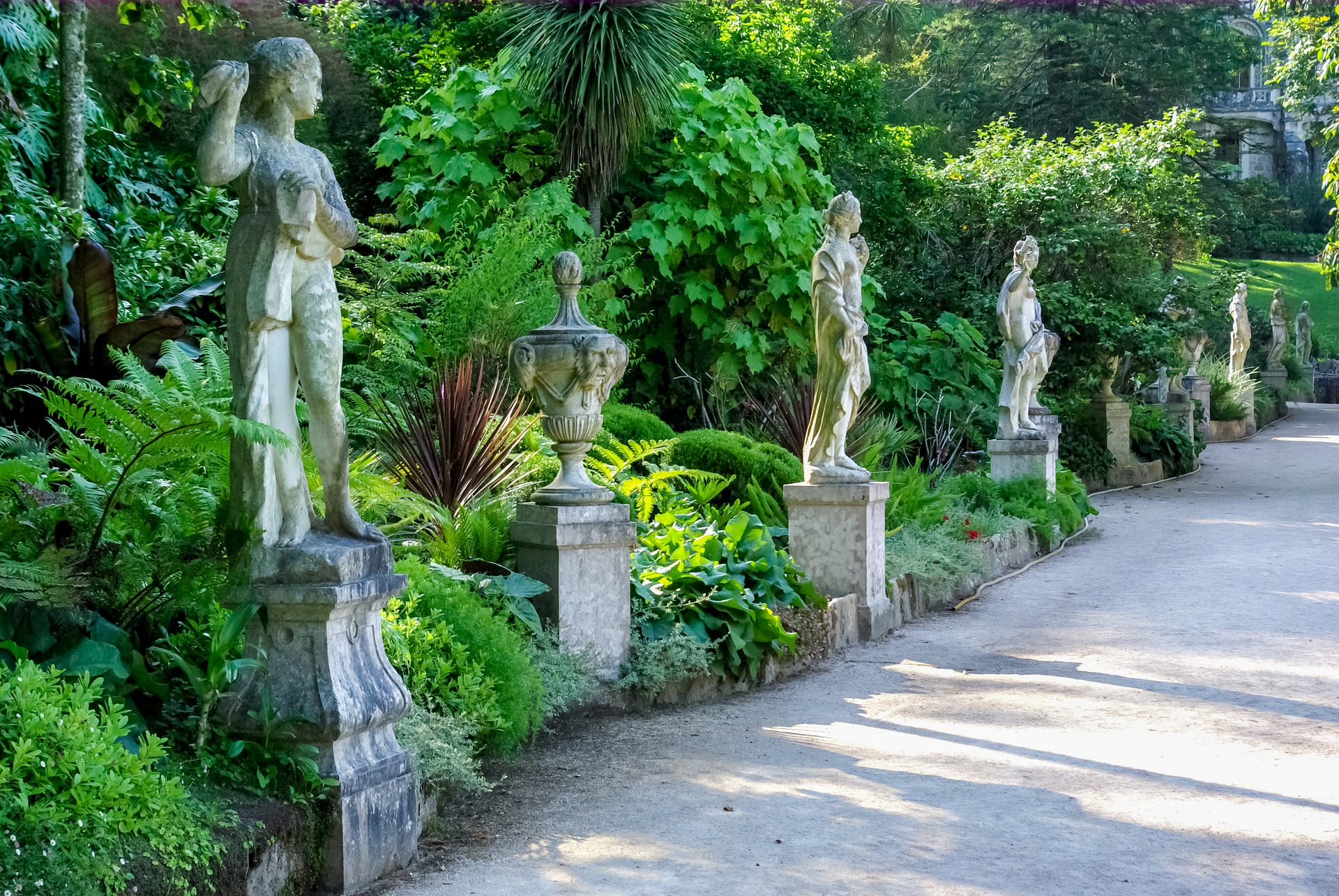
The Pena Palace
One of the most beautiful castles is Palácio Nacional da Pena or the Pena Palace. It is painted in vivid colours, mainly rose-red and yellow, and have pinnacles and towers, turrets and secret tunnels. It is located in the lush Parque de Pena forest. The design of the park is reflecting the times of Romanticism with mystical ornaments and hidden pathways. The interior has been restored to the glory of 1910 when it was abandoned by the Portuguese Royals escaping the revolution.
This place is, in fact, one of the most stunning places in the world and as such expect it to be very busy with visitors. Therefore, it is wise to plan your visit well. Early or late in the day is better than to go in the middle of the day. You have to buy a ticket to enter either the staterooms or just the garden. All the money goes to the upkeep and restoration of the castle.
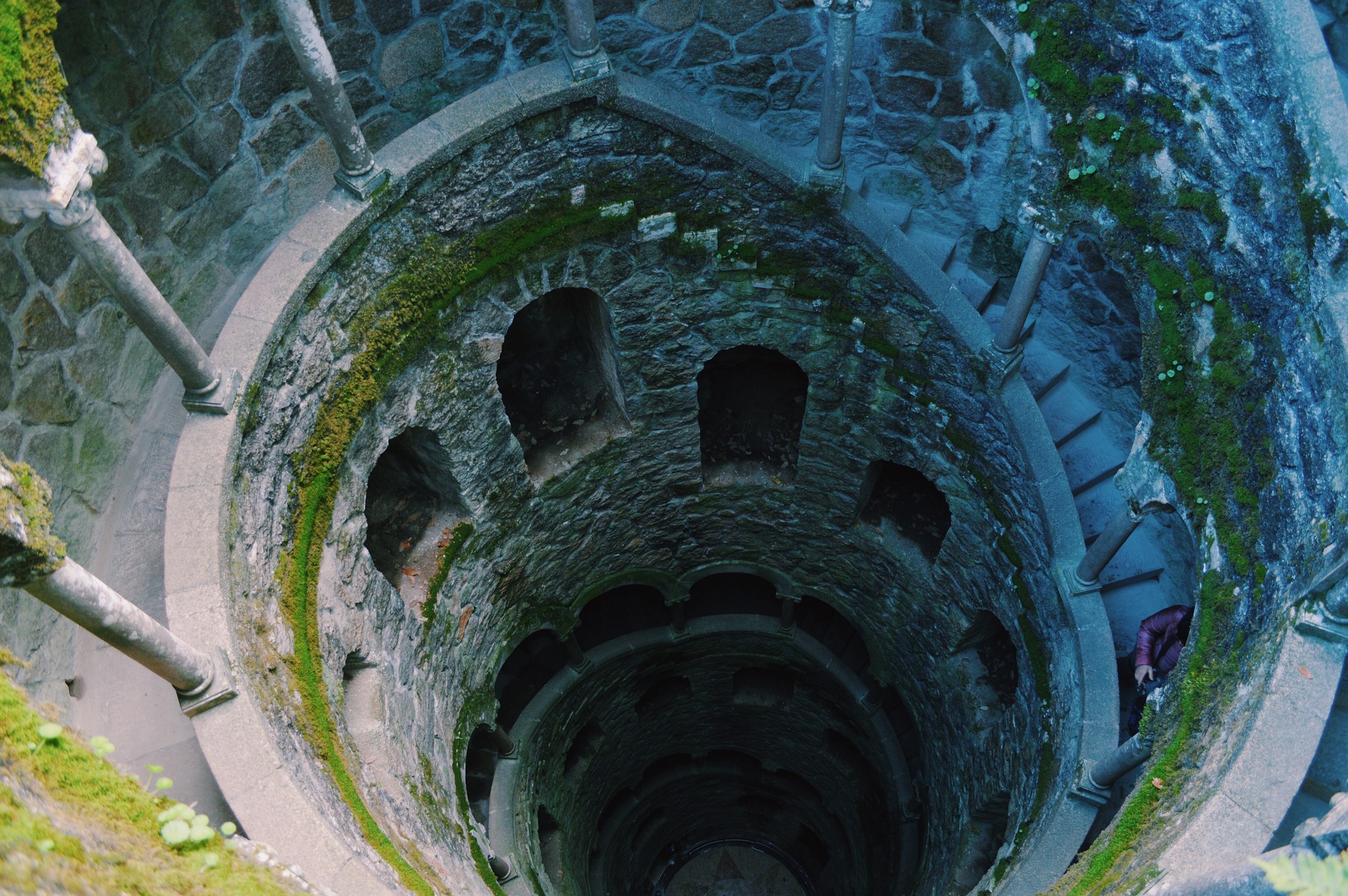
When you visit the castle and the grounds make sure you have plenty of time to also go to the ornamental duck lakes which are close by, as well as the Warrior Statue and the Queen’s fern garden, all connected by shaded footpaths. You can easily spend a full day exploring the castle and the grounds. However, if you plan on staying for hours do bring something to eat and drink because there are limited options available if you get hungry.
Quinta da Regaleira
Quinta da Regaleira is a quinta (the Portuguese word for an estate or small caste) located near the historic centre of Sintra, Portugal. It is classified as a World Heritage Site by UNESCO within the “Cultural Landscape of Sintra”. The estate consists of a romantic palace and chapel, and a beautiful park that features lakes, grottoes, wells, benches, fountains, and a vast array of exquisite constructions.
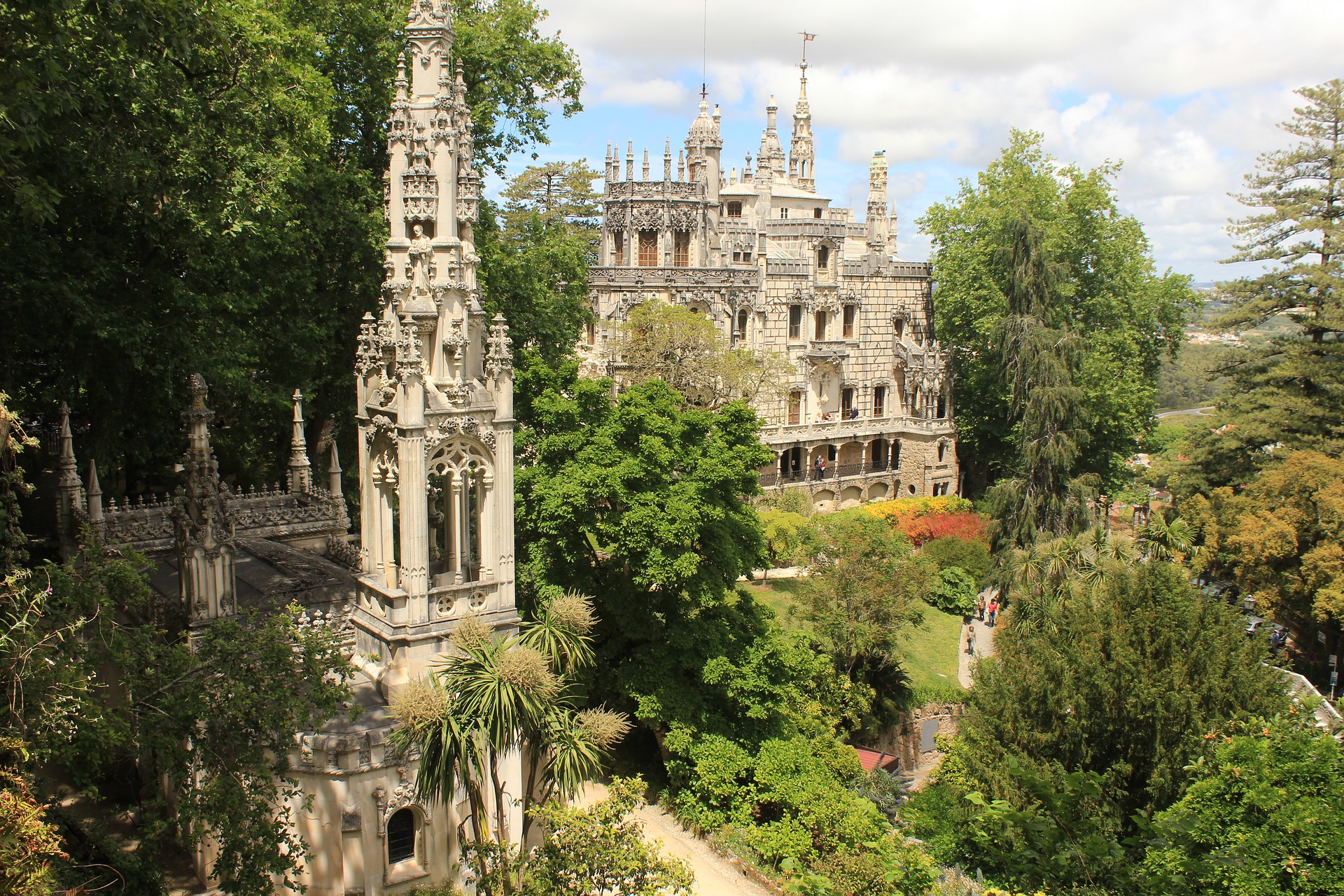
The palace is also known as “The Palace of Monteiro the Millionaire”, which is based on the nickname of one of its former owners, António Augusto Carvalho Monteiro (1848 – 1920). He inherited a huge family fortune, which he grew even bigger in Brazil by selling coffee and precious stones. His fortune enabled him to move from Brazil to his parents’ home country Portugal. In Portugal, he was known to be both brilliant and eccentric. During his time as owner of the quinta he added numerous buildings and features reflecting his interest in alchemy, masonry, and the Knights Templar. In the park, there are lots of waterfalls, underground tunnels, ornaments and lots of interesting and quirky things to explore and to look at.
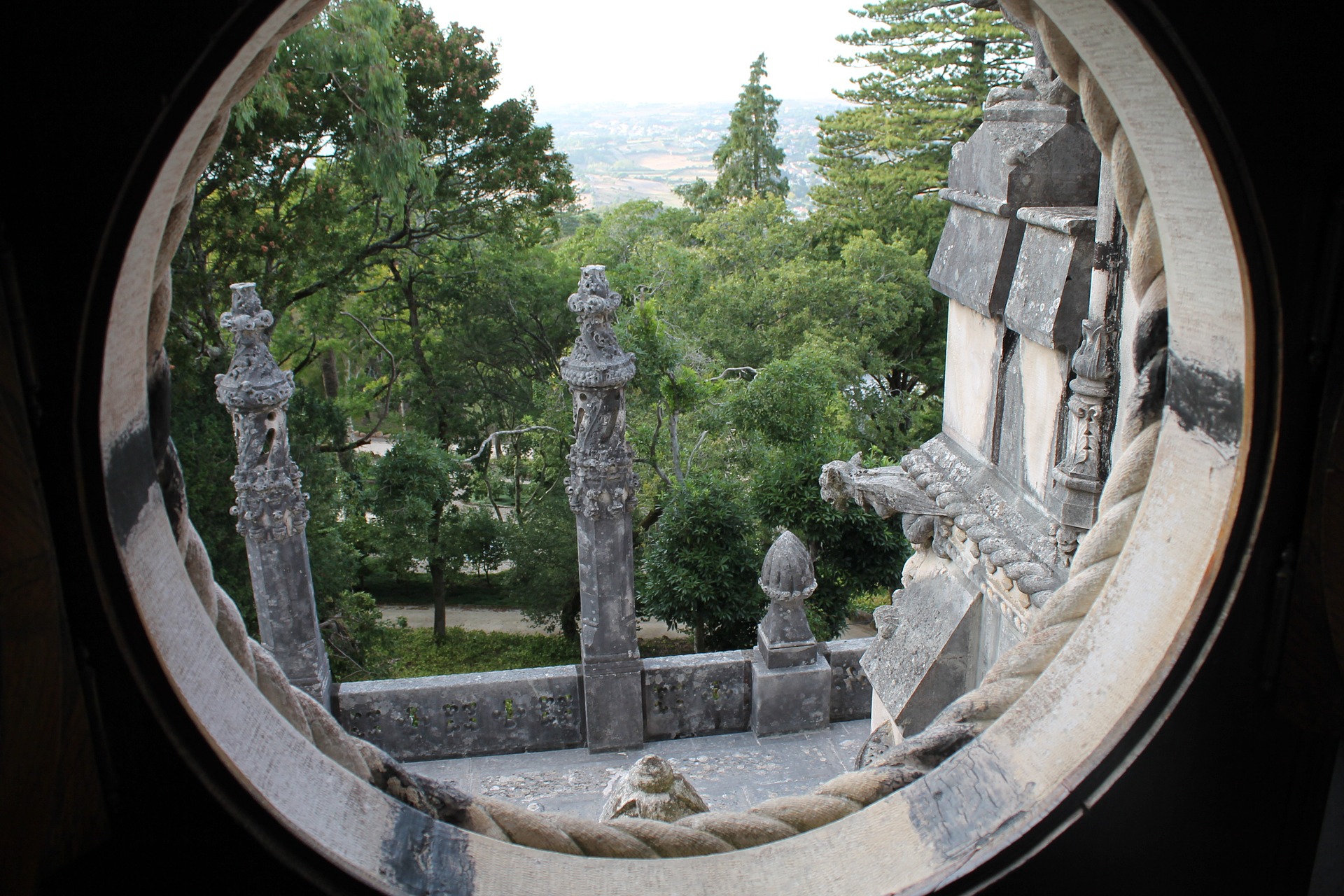
It was later sold and sold again and it wasn’t until 1998, it was opened for the public. By then it had been acquired by the Sintra town and had been restored in full. You can spend a lovely evening in the beautiful parks and visit the quinta before attending one of the cultural events that frequently are arranged there.
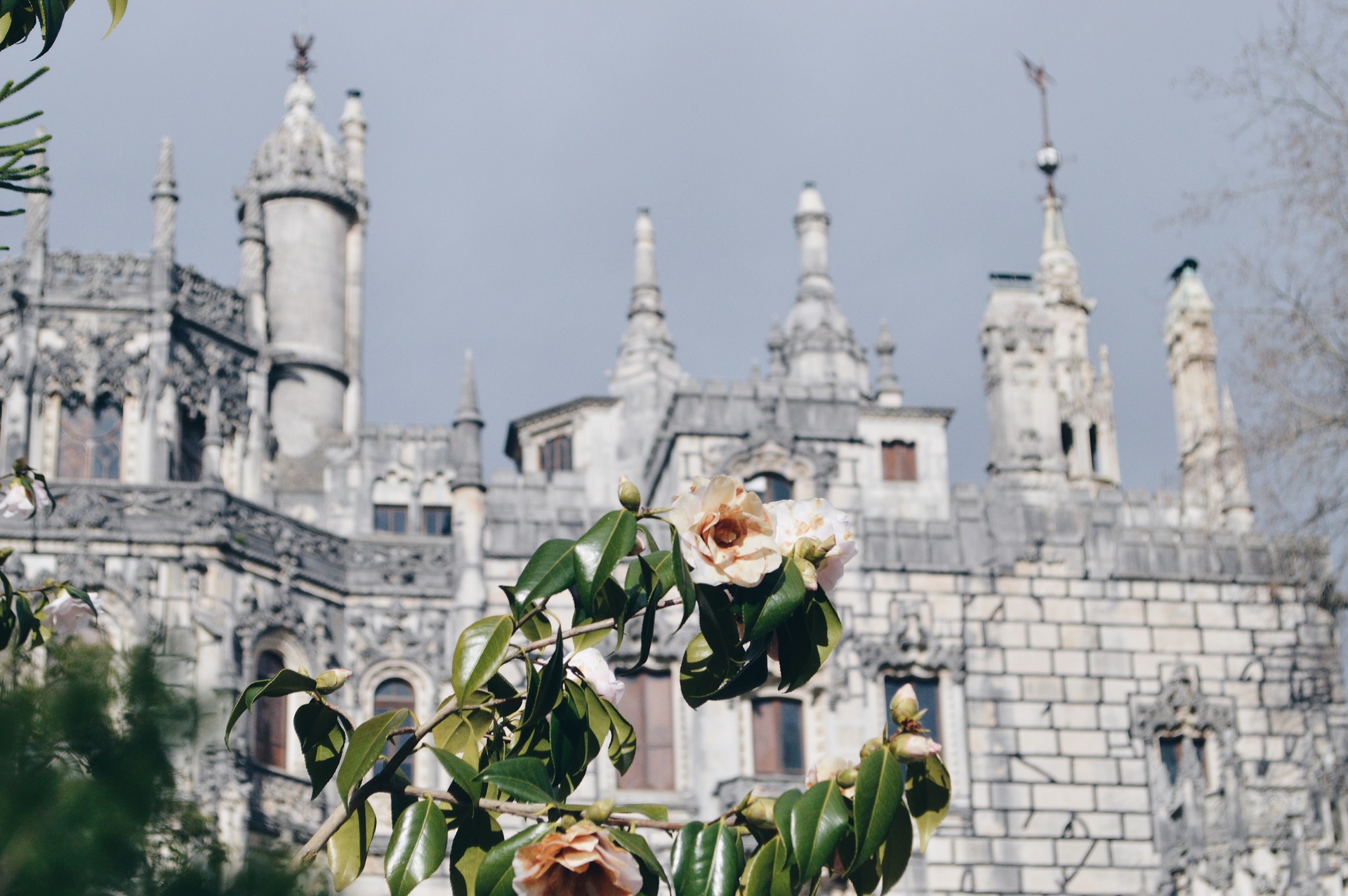
Palacio de Monserrate
The Palacio de Monserrate (Monserrate Palace), is another beautiful and visually striking palace or mansion of Sintra. It is located about 3,5 kilometre outside of the town centre, but it is well worth the trip. Monserrate Palace seamlessly blends Arabic, gothic and Indian architectural styles to create a wonderful mini palace that is surrounded by beautiful gardens. As it is located in the outskirts it doesn’t draw as many tourists and it is less crowded. It is a stunning place to visit.
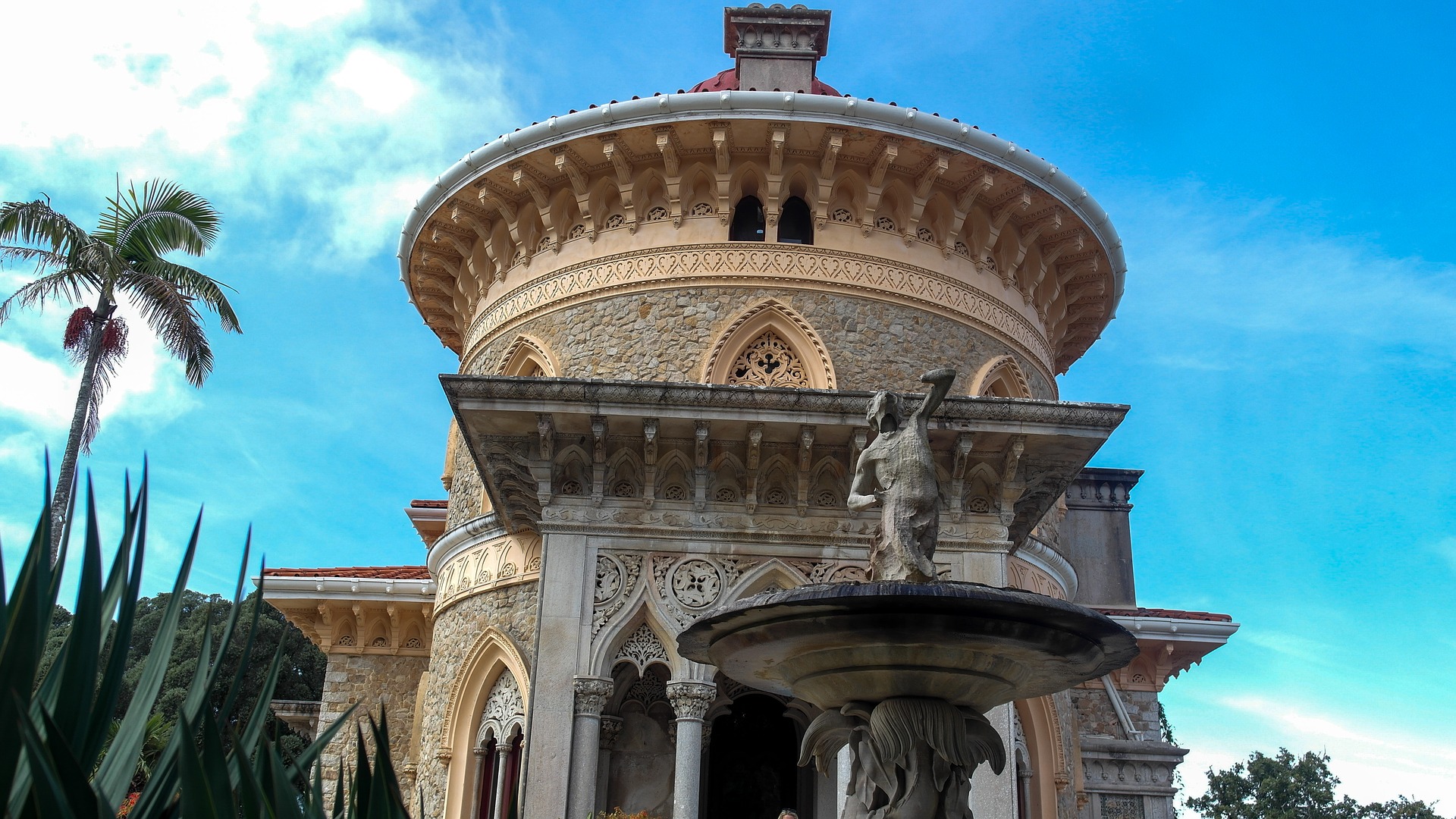
Sir Francis Cook (1817 – 1901), was a British merchant and art collector. From 1869, he rose to become one of Britain’s three richest men. He lived in London but decided to build a summer residence. He built it from the ruins of a pre-existent neo-gothic palace around 1860 in Sintra in Portugal.
There is an enchanted park distinctly inspired by the British islands. The palace is towering over a typical English lawn. The park also has wonderful waterfalls, hidden pathways, a ruined chapel, and a Mexican garden.
Modern for its time
The palace itself is not very big, but the rooms themselves are worth exploring. One of the highlights inside the palace is the Music Hall, still used nowadays for cultural events.
Another room not to be missed is the kitchen with its wood burning stove. It provided hot water for the boiler, making it an integrated heating system for the house. This was considered very modern at the time. You can easily get a feel for the way the Cook family once spent their summer in the palace.
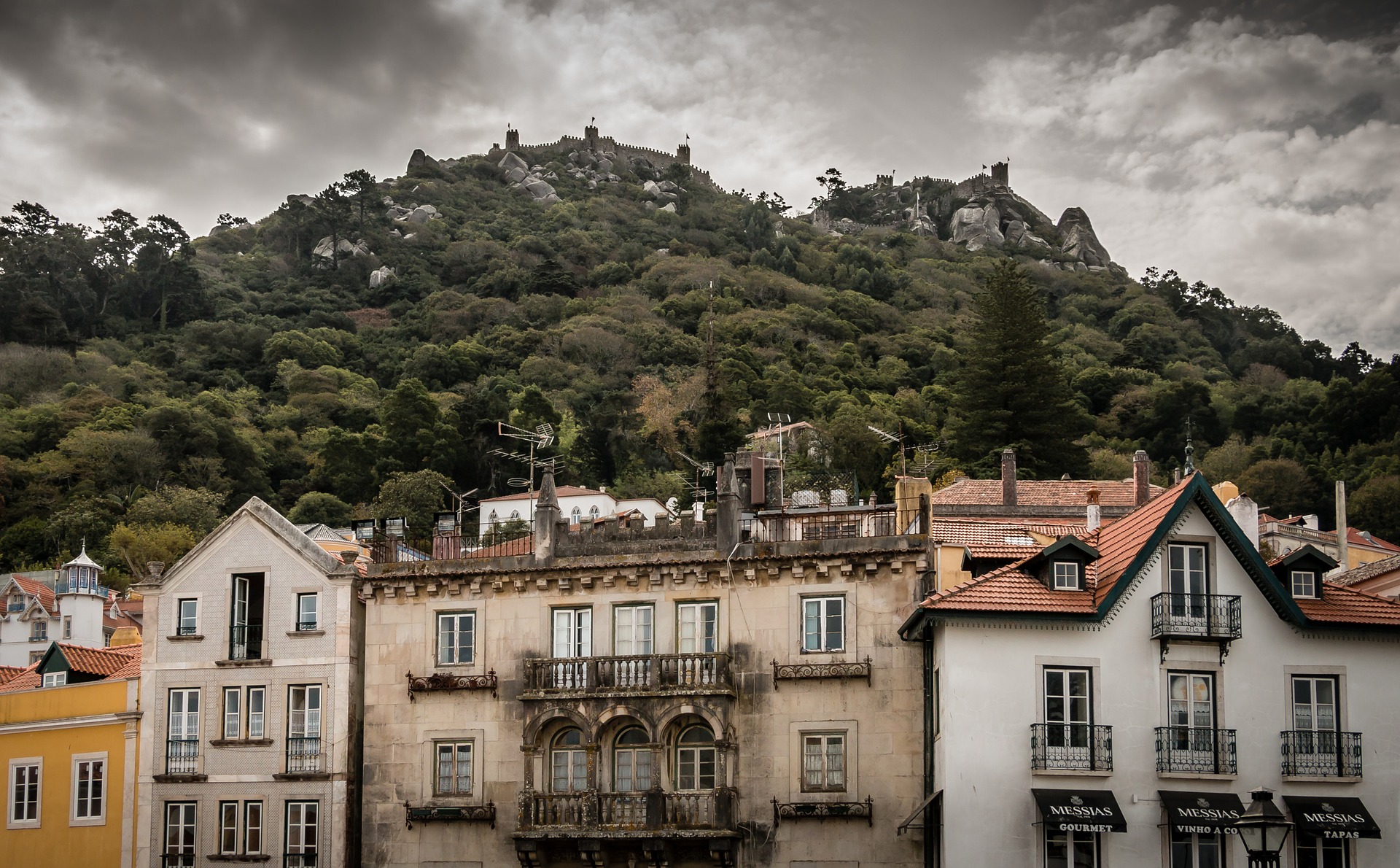
It can get very crowded in Sintra Town during the day. Because of its closeness to Lisbon many tourists come by coach for a day trip. But if you decide to stay longer you will discover a completely different side of Sintra. During the evening it gets quieter and you can enjoy a meal in the romantic town. And the surroundings are simply magical if you venture out on your own to discover them.
